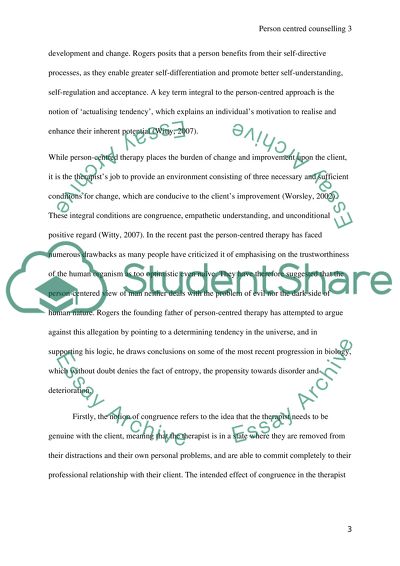Cite this document
(“Person- Centred counselling Essay Example | Topics and Well Written Essays - 2000 words”, n.d.)
Person- Centred counselling Essay Example | Topics and Well Written Essays - 2000 words. Retrieved from https://studentshare.org/human-resources/1645921-person-centred-counselling
Person- Centred counselling Essay Example | Topics and Well Written Essays - 2000 words. Retrieved from https://studentshare.org/human-resources/1645921-person-centred-counselling
(Person- Centred Counselling Essay Example | Topics and Well Written Essays - 2000 Words)
Person- Centred Counselling Essay Example | Topics and Well Written Essays - 2000 Words. https://studentshare.org/human-resources/1645921-person-centred-counselling.
Person- Centred Counselling Essay Example | Topics and Well Written Essays - 2000 Words. https://studentshare.org/human-resources/1645921-person-centred-counselling.
“Person- Centred Counselling Essay Example | Topics and Well Written Essays - 2000 Words”, n.d. https://studentshare.org/human-resources/1645921-person-centred-counselling.


